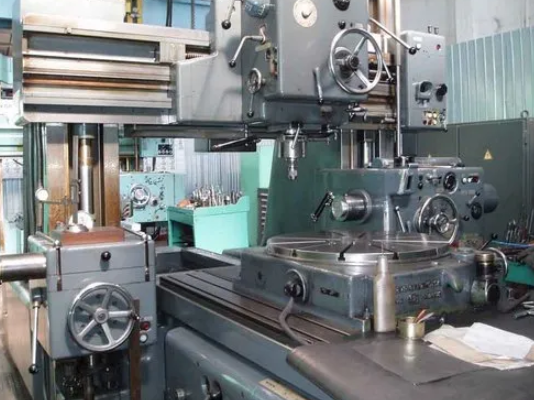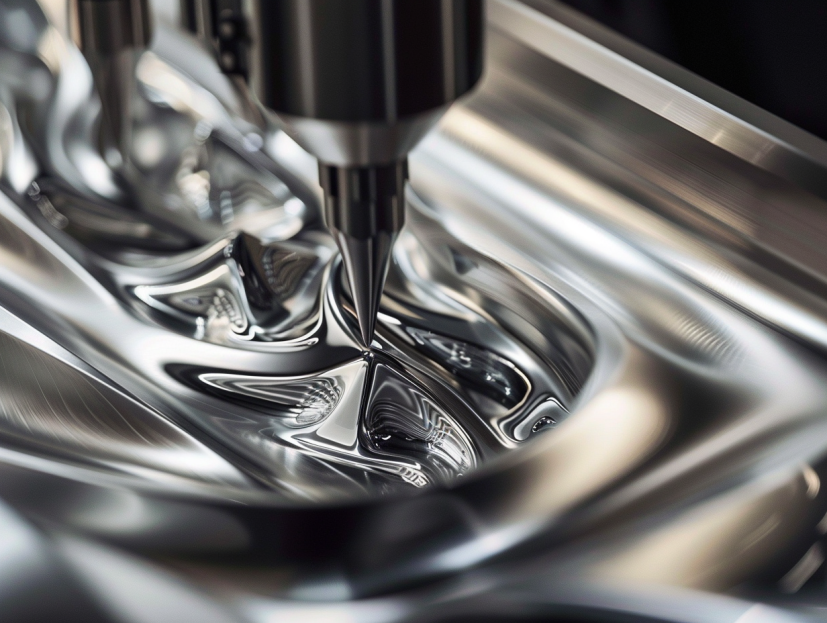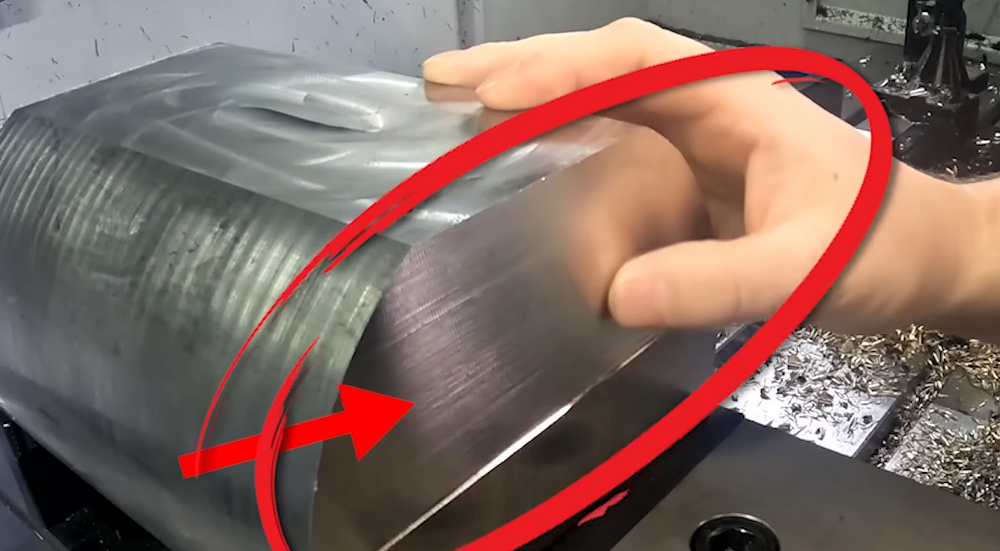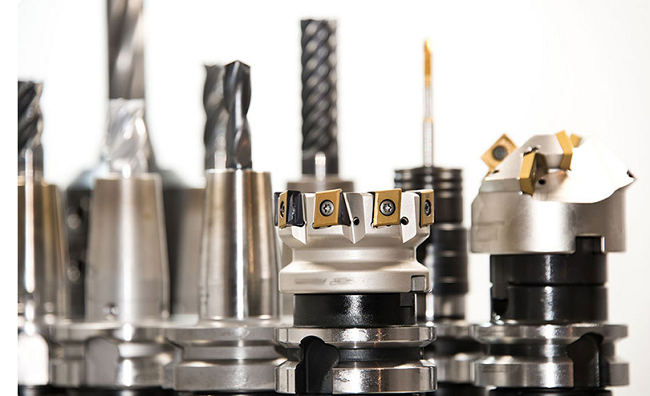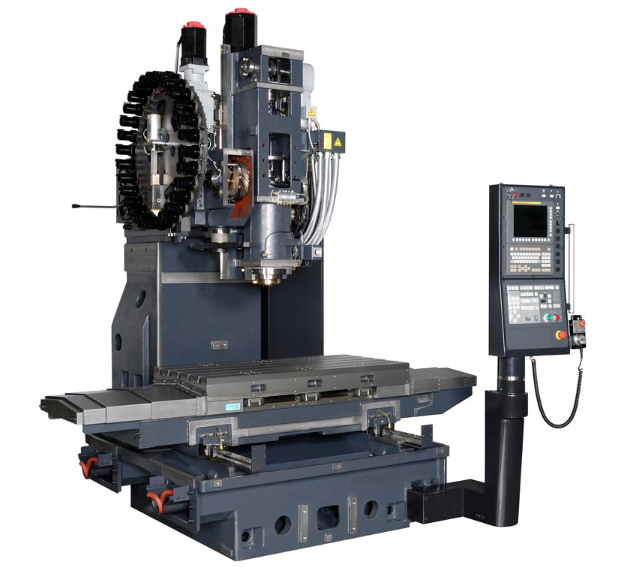Fixtures and jigs are both work-holding devices used in production and are often used as synonyms for each other. Functionally, they are different tools. Then what’s the difference between a jig and a fixture? Fixture vs jig: take a look at the comparison involving the definition, types, applications, way of working, purposes, and more aspects.
What Is a Jig?
A jig is a type of custom-made work-holding device used to control the location and motion of parts and other tools. In the CNC machining process, a jig often locates and holds the workpiece in a proper position and guides the cutting tool to perform a specific operation, to maintain the correct relationship between the workpiece and the cutter. When the jig moves, the tool remains stationary. The machining part is usually secured in the jig by clamping.
Types of Jigs in Manufacturing
Here are some of the most common types of jigs in manufacturing, along with their features, uses, and diagrams.
1. Template Jig
The template jig is the simplest type of jig, primarily used to guide drills for machining holes in workpieces. It consists of a plate with pre-drilled holes placed directly on top of the workpiece. The drill is guided through these holes, ensuring accurate placement of holes in the workpiece. Template jigs are lightweight and are often fixed to the workpiece without the use of clamps or pins, making them ideal for basic and small-scale operations. This type of jig is particularly effective for producing interchangeable parts with consistent hole placement.
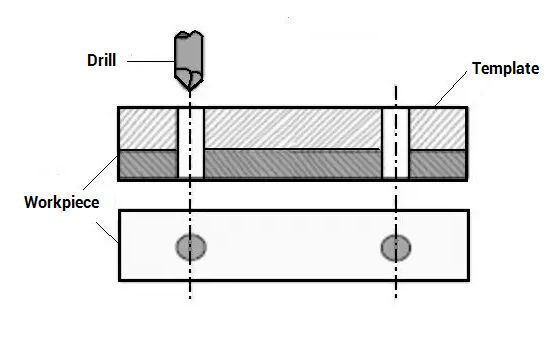
2. Plate Jig
The plate jig is an improved version of the template jig, designed to provide greater accuracy and efficiency. It incorporates drill bushes into the plate, which guide the drill during operations and reduce wear caused by friction. Plate jigs are often clamped to the workpiece using nuts and bolts, ensuring stability during large-scale machining tasks. This jig is commonly used to drill multiple holes in large components while maintaining precise spacing, making it suitable for heavy-duty applications.
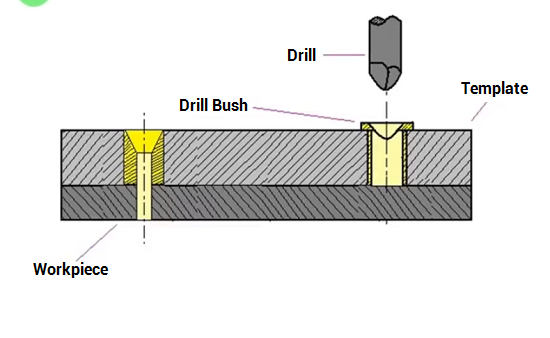
3. Box Jig
The box jig is designed with a box-like construction that surrounds the workpiece, providing excellent support and stability. This jig type allows machining operations to be performed from multiple angles without repositioning the workpiece, as different faces of the jig can be turned toward the tool. Box jigs are particularly useful for machining fragile components or achieving tight tolerances. They often include bushings and clamps to secure the workpiece firmly and allow precise drilling or machining from various directions.
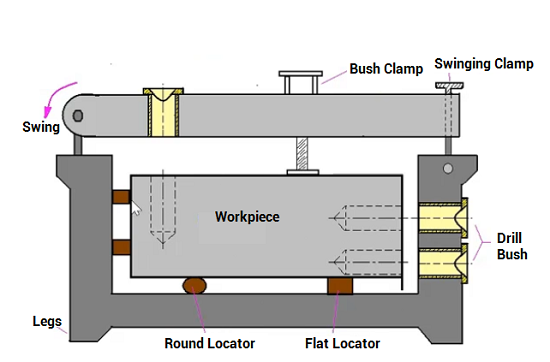
4. Leaf Jig
The leaf jig consists of two plates: a backup plate for supporting the workpiece and a hinged plate, known as the “leaf,” which carries the drill bushings. The workpiece is placed on the backup plate, and the leaf is swung into position and secured using a cam latch or similar mechanism. Leaf jigs are especially useful for thinner parts that may deform under tool pressure, as they provide additional reinforcement.
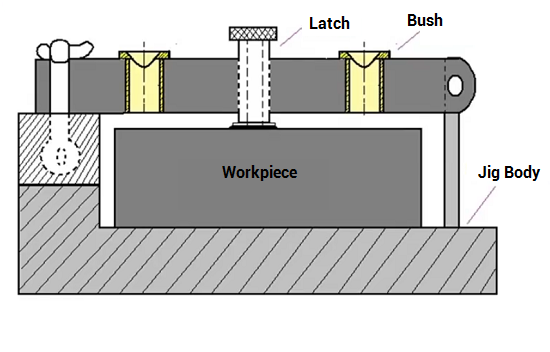
5. Channel Jig
The channel jig has a channel-shaped cross-section, allowing the workpiece to be secured within the channel. The component is clamped in place using a knurled knob, and the drill is guided through bushings in the channel. This type of jig is simple yet effective, providing stability and support during machining. Channel jigs are particularly useful for holding long, thin parts and machining them along their length.
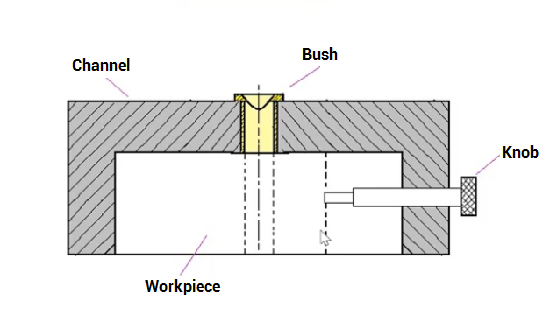
6. Diameter Jig
The diameter jig is specifically designed for drilling radial holes in cylindrical or spherical workpieces. It holds the workpiece securely in place and ensures that the drill is guided at precise radial positions. This type of jig is commonly used in applications requiring evenly spaced holes around a circular component, such as gears or flanges.
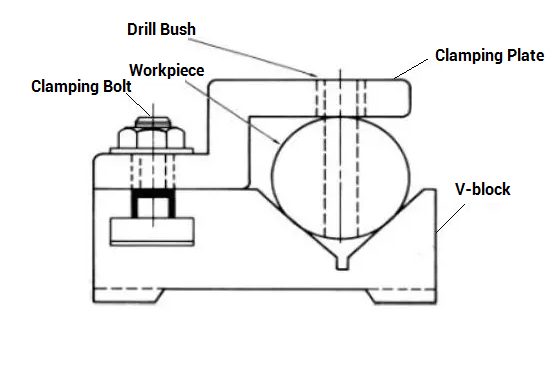
Jig Uses or Applications
Jigs are often used in drilling, reaming, counterboring, tapping, and other one-dimensional machining, or applied as guides for tools or templates in other industries, like furniture. Special cramping jigs that ensure squareness are often set up. Drill bushing is another common application for a jig, which helps guide a drill bit through the surface of the machining part for the right positioning and angle.
What Is a Fixture?
A fixture is a work-holding device used to securely locate, support, and mount the part to be machined with the machine in the correct position to ensure the workpiece fixed in the fixture can maintain conformity and interchangeability. When the fixture moves, the tool moves relative to the part. Fixtures can ensure the part is stable, simplify the mounting of the workpiece, and realize quick transition from part to part and smooth operation. What fixture differs from a jig is that it never guides the tool.
Basic Principles of Fixture Design
1. Locating Points
The first principle of fixture design is determining the locating points. These are the specific points or surfaces on the workpiece that allow it to be properly positioned in the fixture. The design process begins by studying the 2D drawings of the part to identify precision and rough surfaces, which guide the selection of locating points. Accurate locating ensures the part is aligned correctly for machining operations.
2. Foolproofing (Poka-Yoke)
Foolproofing, also known as Poka-Yoke, is a critical principle that prevents incorrect loading of the workpiece into the fixture. This technique ensures that the part can only be loaded in the correct orientation, even if the operator attempts to place it incorrectly.
3. Reduction of Idle Time
A well-designed fixture should contribute to the reduction of idle time during machining operations. By enabling quick and efficient loading and unloading of the workpiece, the fixture minimizes the time wasted between operations. This increases productivity and workflow efficiency in manufacturing processes.
4. Weight of the Fixture
The weight of the fixture is an important consideration, as it affects the ease of handling and compatibility with the machine. The weight depends on factors such as the type of clamping devices, locating devices, and the material used. For heavy workpieces, the fixture may also need to be heavier to provide adequate stability during machining.
5. Material of the Fixture
The choice of fixture material depends on the material properties of the workpiece and the machining requirements. For example, soft or delicate materials may require non-metallic or softer fixture materials, such as Delrin, to avoid scratches or damage. Conversely, tougher materials may require metallic fixtures like mild steel (MS). In some cases, a combination of metals and non-metals may be used to balance strength and surface protection.
6. Clamping Devices
The fixture must include effective clamping devices to securely hold the workpiece in place and restrict its degrees of freedom. The clamping mechanism should also allow for quick loading and unloading of the part to improve efficiency. Clamping methods can vary, ranging from mechanical clamps to pneumatic systems, depending on the application and operational requirements.
Types of Fixtures in Manufacturing
Fixtures in manufacturing can be divided into machining fixtures, measuring fixtures, assembly fixtures, bonding and welding fixtures, etc. Here, we will focus on machining fixtures. Based on the operation to be carried out, machining fixtures can be divided into turning fixtures, milling fixtures, grinding fixtures, broaching fixtures, drilling fixtures, boring fixtures, tapping fixtures, and more.
1. Turning Fixtures
Turning fixtures are specialized tools used to securely mount workpieces on machine spindles or faceplates during turning operations, typically on lathes. These fixtures ensure stability and proper orientation of the workpiece, especially cylindrical components like shafts and rods, enabling precision cutting as the turning part rotates around its axis. In cases where the fixture is unbalanced due to the workpiece shape, counterweights are often added to maintain balance and avoid vibrations.
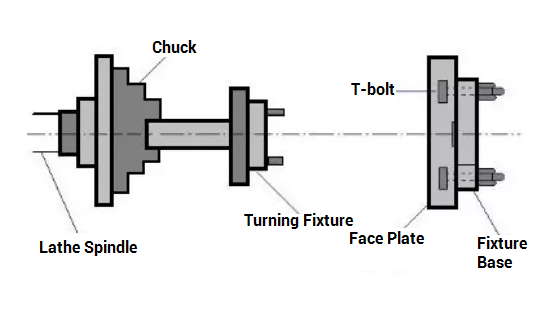
2. Milling Fixtures
Typically mounted on milling machine tables or spindles, these fixtures ensure that the workpiece remains in the correct position relative to the cutting tool. During milling, the tool remains stationary while the table, along with the fixture and workpiece, shifts to perform the required cuts. Milling fixtures are built to withstand the vibrations and forces of the operation, featuring strong clamps and large, sturdy bases. For automated setups, hydraulic or pneumatic clamps are often used to streamline high-volume production.
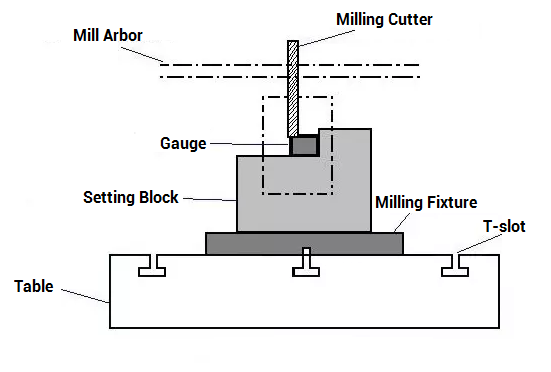
3. Grinding Fixtures
Grinding fixtures are used to hold, locate, and support workpieces during grinding operations. These fixtures will ensure stability under the high-pressure forces of grinding wheels, preventing movement and enabling precise surface finishing. For external grinding, cylindrical grinding fixtures often use mandrels to hold the workpiece concentric to its bore, while internal grinding employs chucks as fixtures.
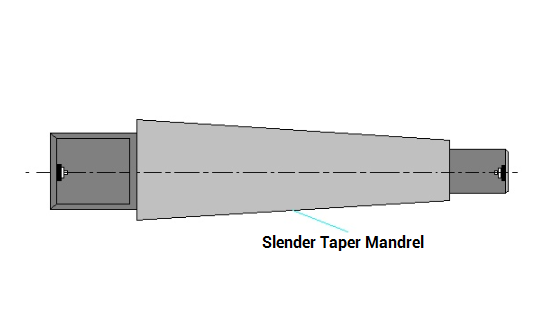
4. Broaching Fixtures
Broaching fixtures are employed for the broaching process, which involves removing material with a toothed tool to create precise shapes like keyways, holes, or specialized profiles. These fixtures hold the workpiece firmly, ensuring that the broach cuts consistently without deviations. Broaching fixtures, often with quick setup and adjustment features, are commonly used in high-precision manufacturing for parts like gears and splines.
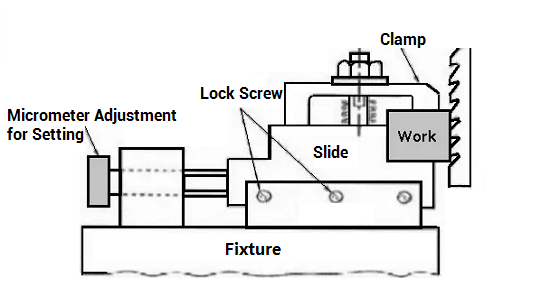
5. Boring Fixtures
Boring fixtures ensure proper alignment of workpieces for boring operations, which involve enlarging pre-existing holes. These fixtures secure the part firmly, allowing the boring tool to follow the intended path accurately without deviation. Since boring operations don’t involve heavy cutting forces, these fixtures are often simpler and less robust than milling fixtures. They are commonly used in machining processes requiring tight tolerances for parts like bearings or shafts.
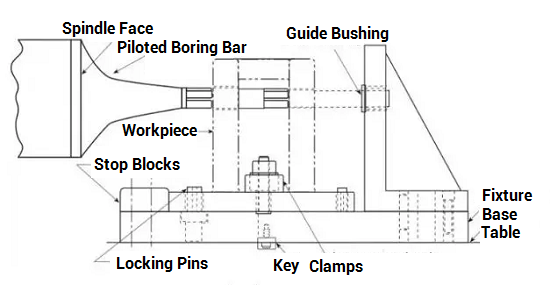
6. Tapping Fixtures
Tapping fixtures firmly hold workpieces in place for the creation of internal threads in pre-drilled holes. These fixtures minimize movement and vibration, ensuring the tapping tool operates smoothly and accurately. They are especially useful for odd-shaped or imbalanced parts, as well as for repetitive tapping operations in large-scale production. Their use helps achieve consistent thread quality across all parts in a batch.
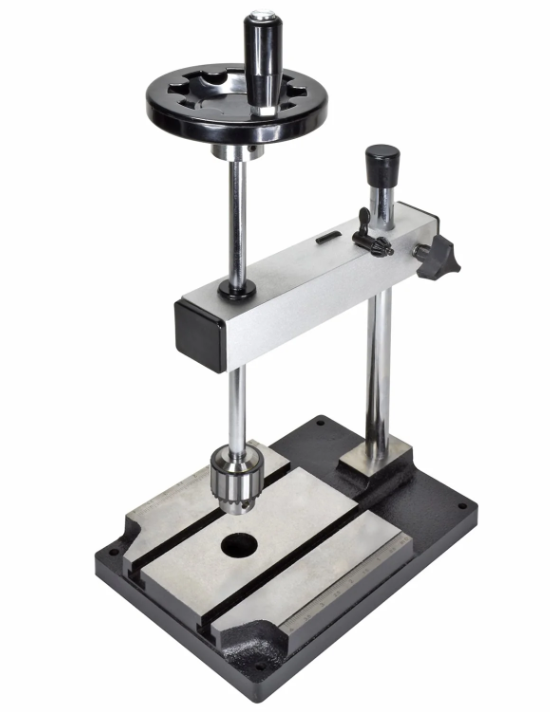
Fixture Uses or Applications
Fixtures are often used in milling, turning, planning, slotting, grinding, and other multidimensional machining processes, as well as automobile assembling and optical, laser scanning inspection. The material block clamped inside a CNC machine, the vice on the workbench is also a fixture. Fixtures are also essential in an automobile assembly line to secure and guide cars through the welding and assembly process.
Difference Between Jigs and Fixtures – Fixture vs Jig
Both jigs and fixtures used for machine tools can reduce work time and improve productivity. Fixture vs jig: What are the differences between a fixture and a jig?
1. Main Function
The jig is primarily used to guide the movement of the cutter repeatedly at predefined locations on the workpiece and to support and locate the part as well. A fixture is primarily used to secure, support, and locate the workpiece, maintaining a predetermined orientation, rather than guiding the cutter.
2. Complexity
Jigs are generally easier to use, while fixtures are kind of complicated and may need some skills and accessories for the operation.
3. Weight
Jigs are often lighter in weight for quicker handling, while fixtures are usually heavier and required to withstand cutting force and vibration
4. Whether fitted to the machine
Jigs are not fastened to the machine on which it is used, and can be held by hand without clamping in machining. They can also be clamped for heavy work, and it does not need any additional devices, while fixtures are always clamped firmly on the work table of a CNC machine and require accessories like blocks or gauges to move the cutting tool accurately.
5. CNC machining applications
Jigs are commonly used in drilling, boring, reaming, and tapping, while fixtures are adopted for milling, slotting, shaping, turning, and planning.
6. Cost
Jigs are usually more expensive than fixtures.
7. Design
The construction of the jig is often designed to be more complex, while the fixture designs are simpler.
8. Whether contact with the cutting tool
Fixtures do not directly contact a cutting tool; they’re designed to fit a certain part individually. But the jig comes in contact with the tool to set the angle and position accurately.
9. How it is used
Fixtures are usually made from gray cast iron or steel parts by welding or bolting, and jigs generally use standard parts like bushes and screws.
You can use jigs and fixtures together to get the required precision and purpose. We can see the fixture and jig difference in construction directly from the following figure. The left one is a jig as it has a hole to guide the tool, while the right U-shape body is a fixture, as it is just holding the workpiece.
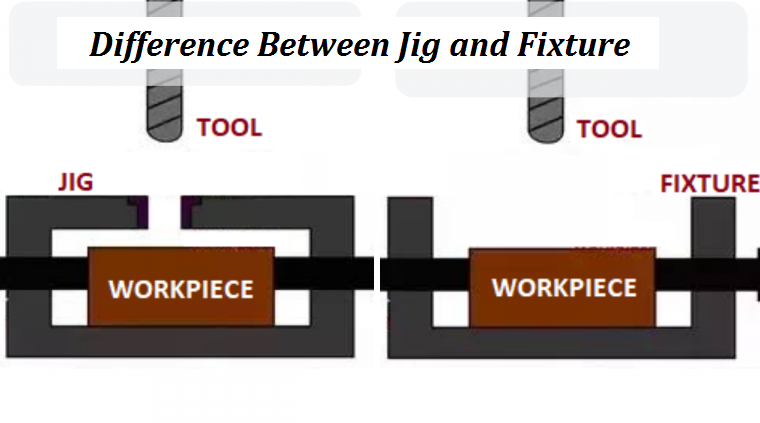
How Are Jigs and Fixtures Made?
CNC machining service is a versatile manufacturing process to produce jigs and fixtures with designed shapes and specifications. Not all jigs and fixtures are made of metals; plastics are also possible. CNCLATHING OEM CNC manufacturing can maintain high precision and standard tolerance.


